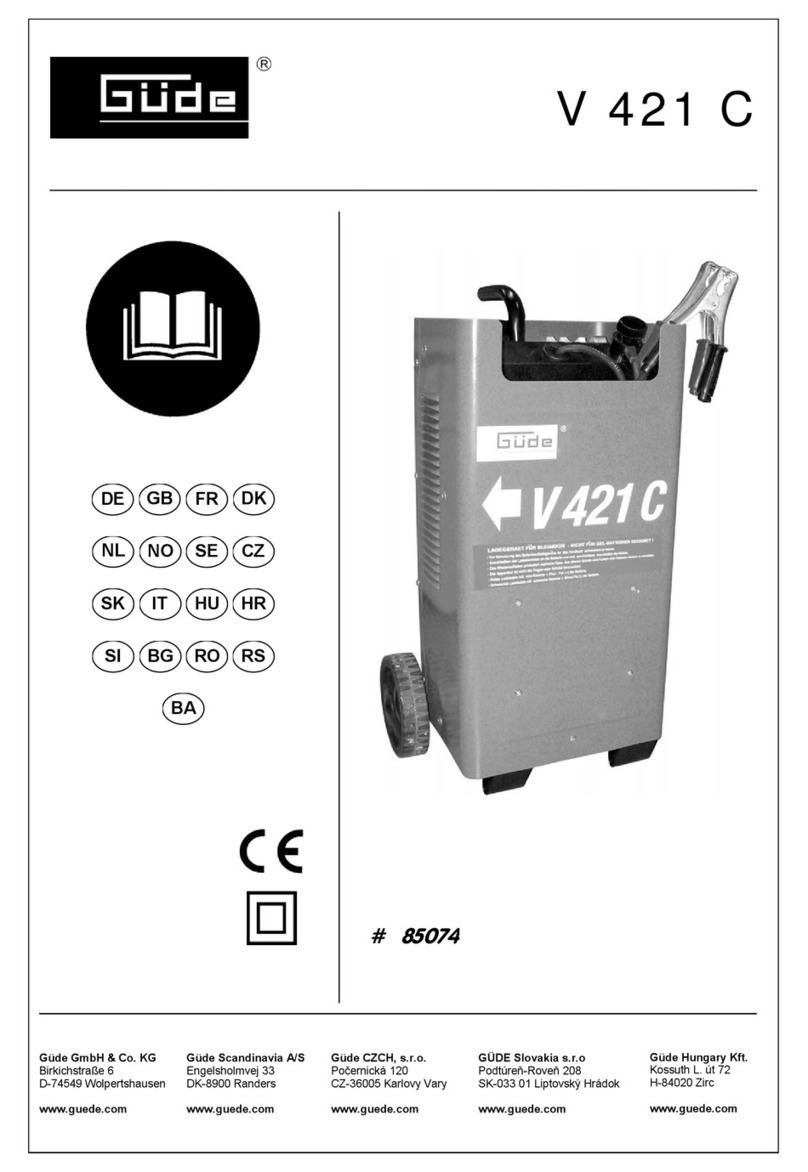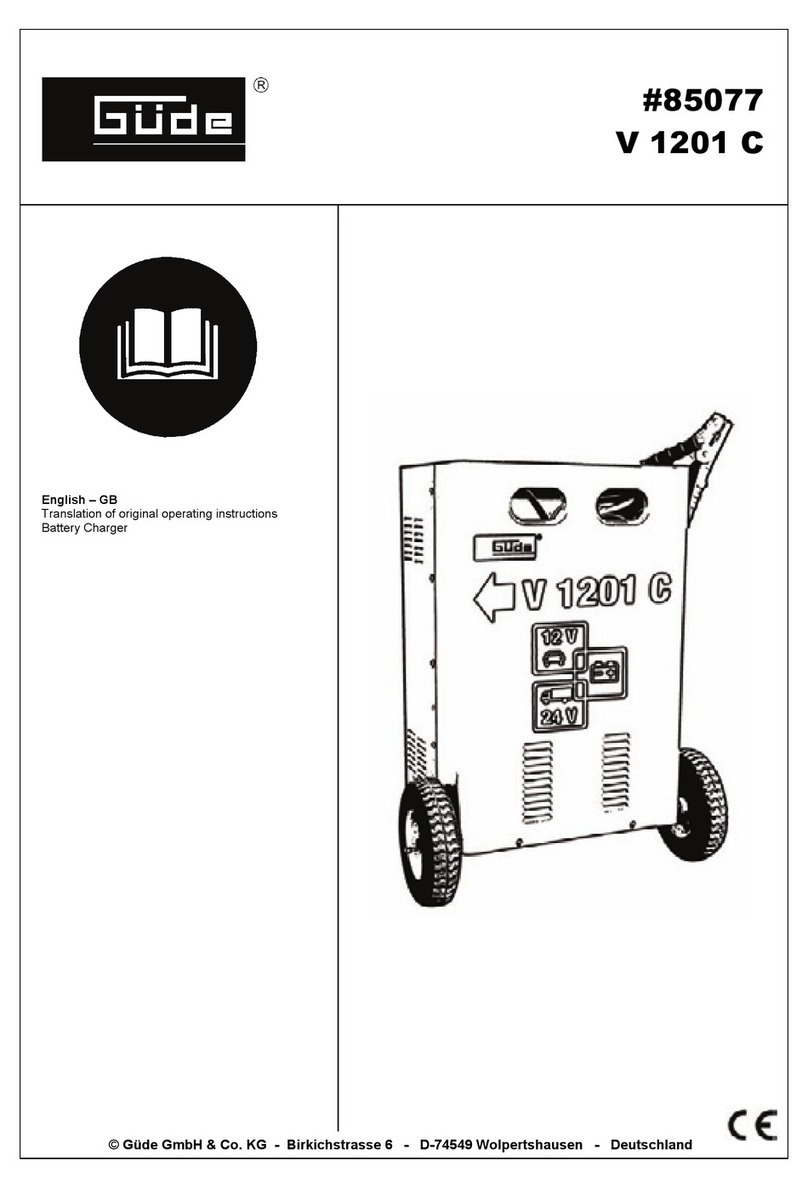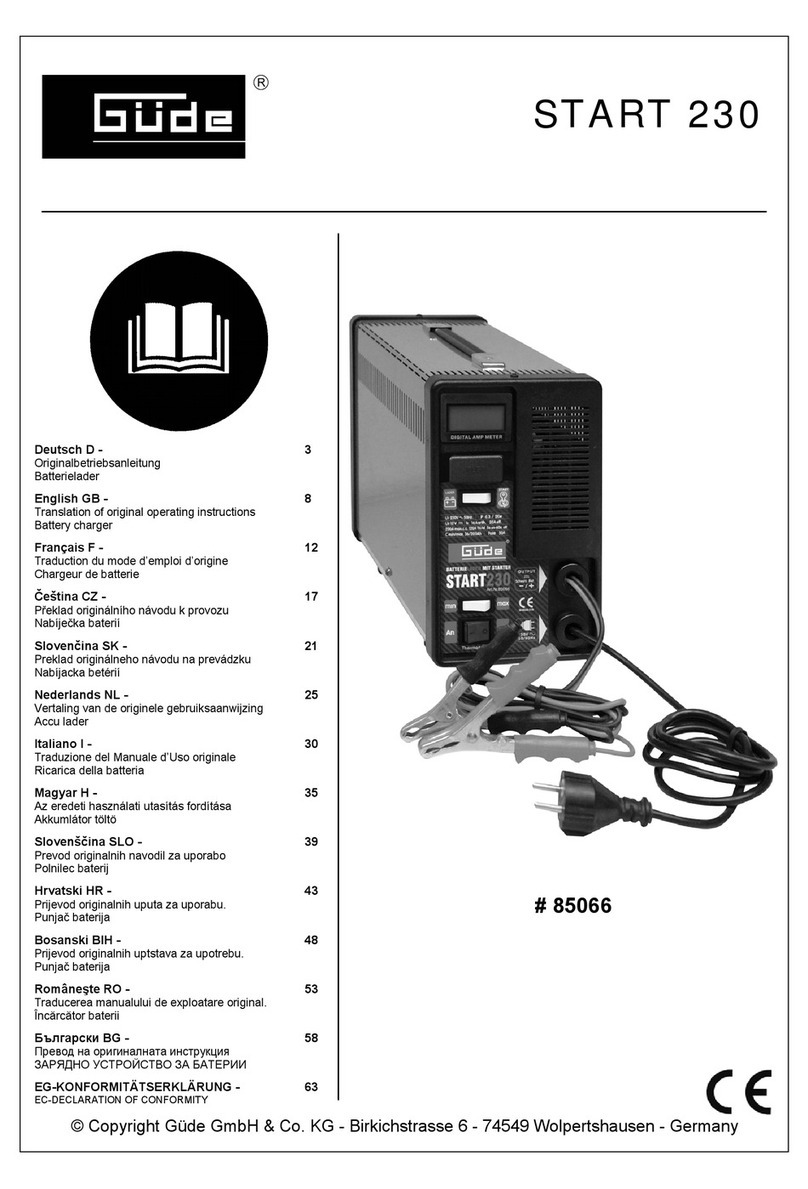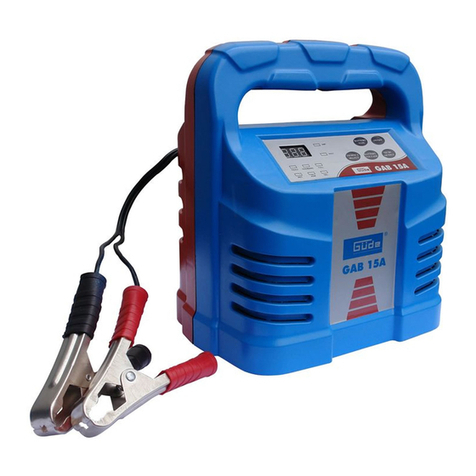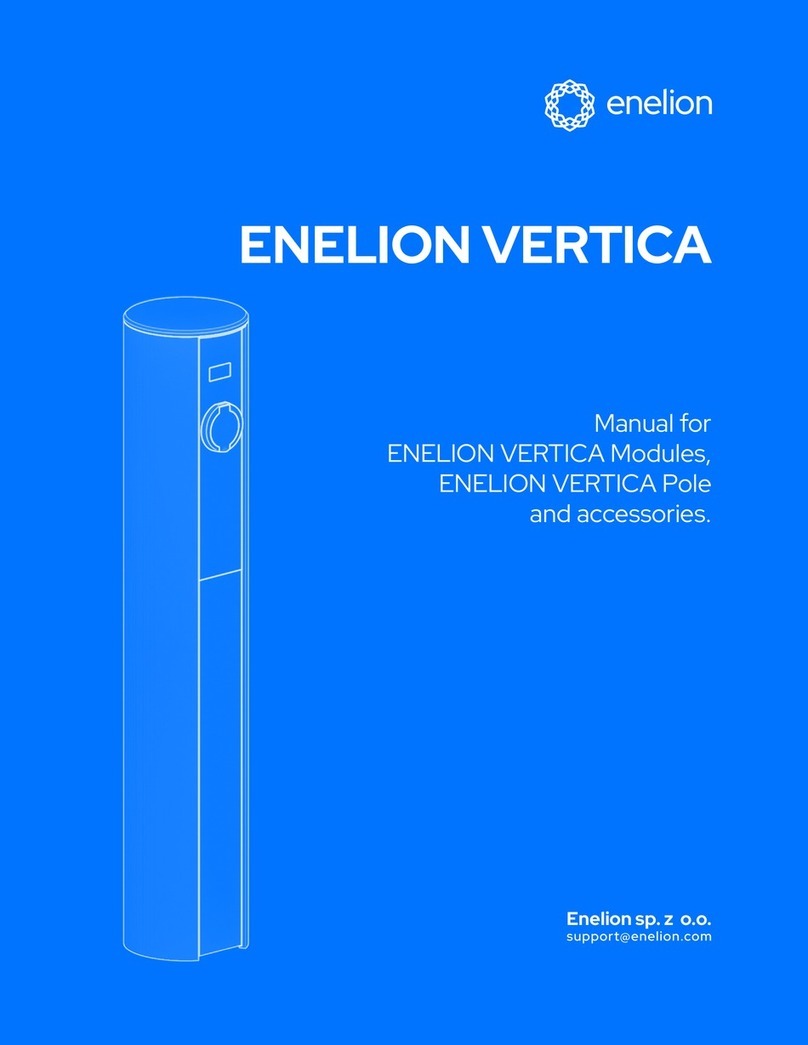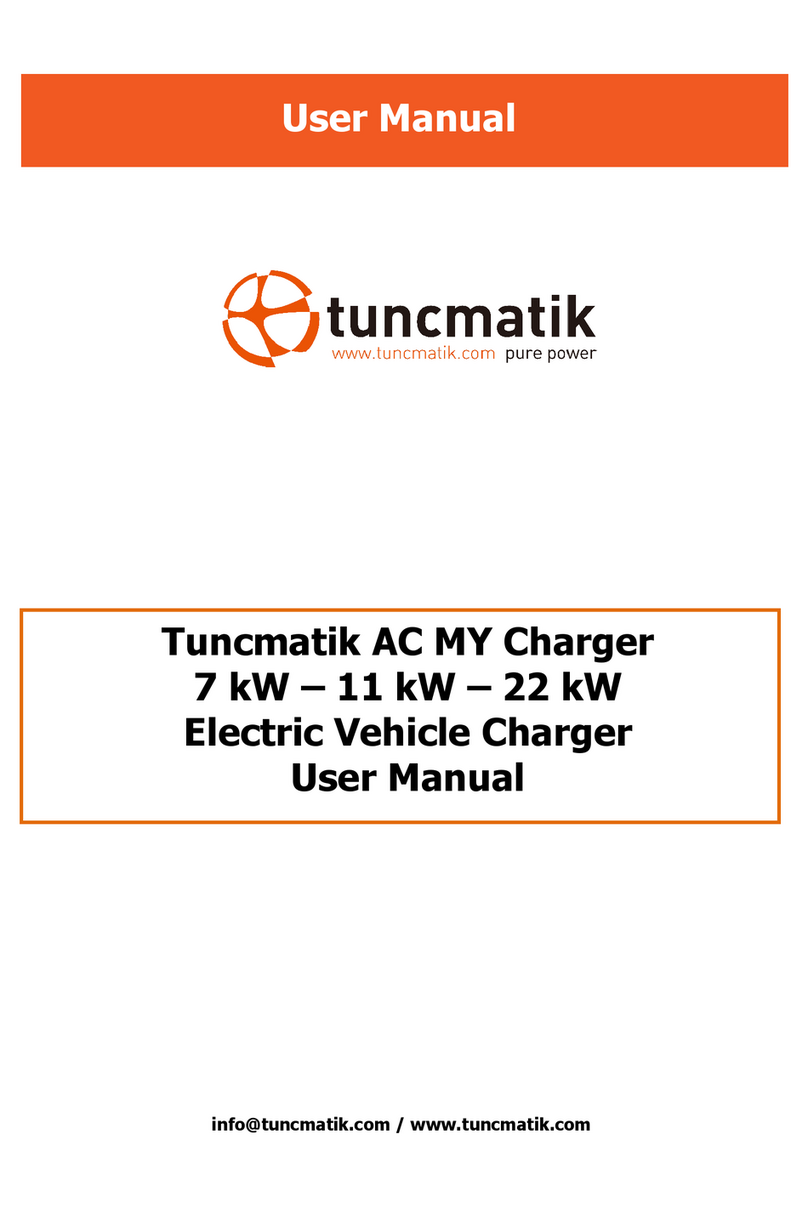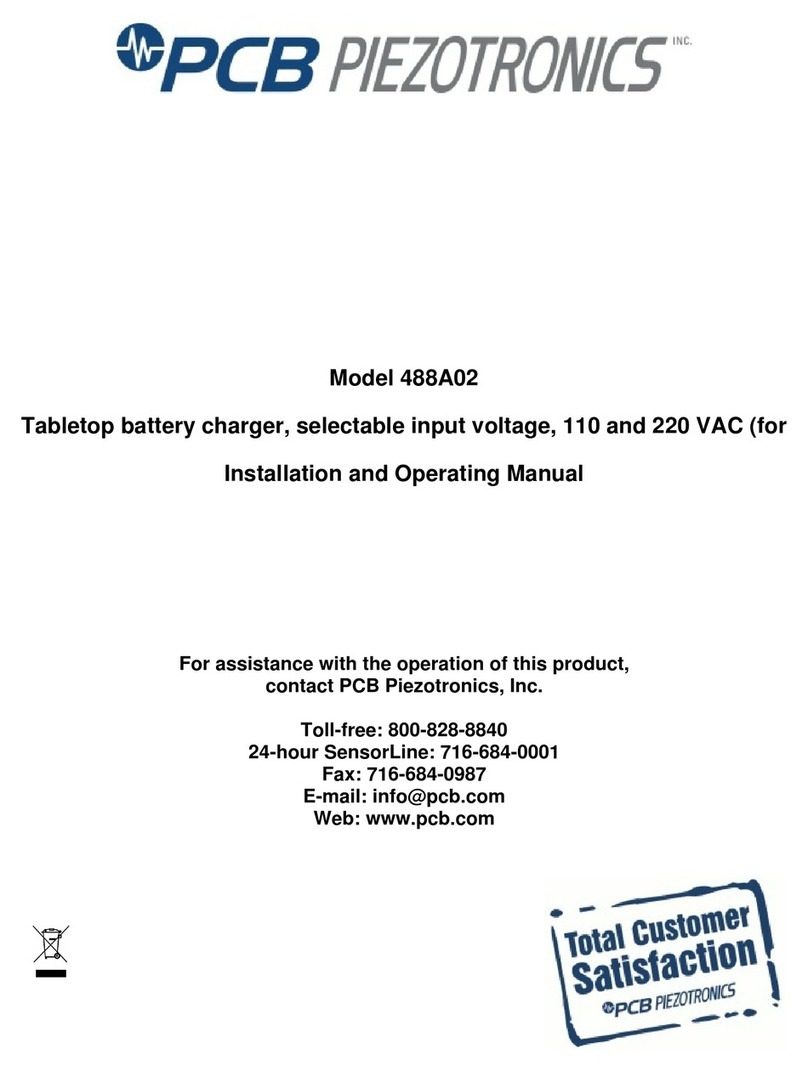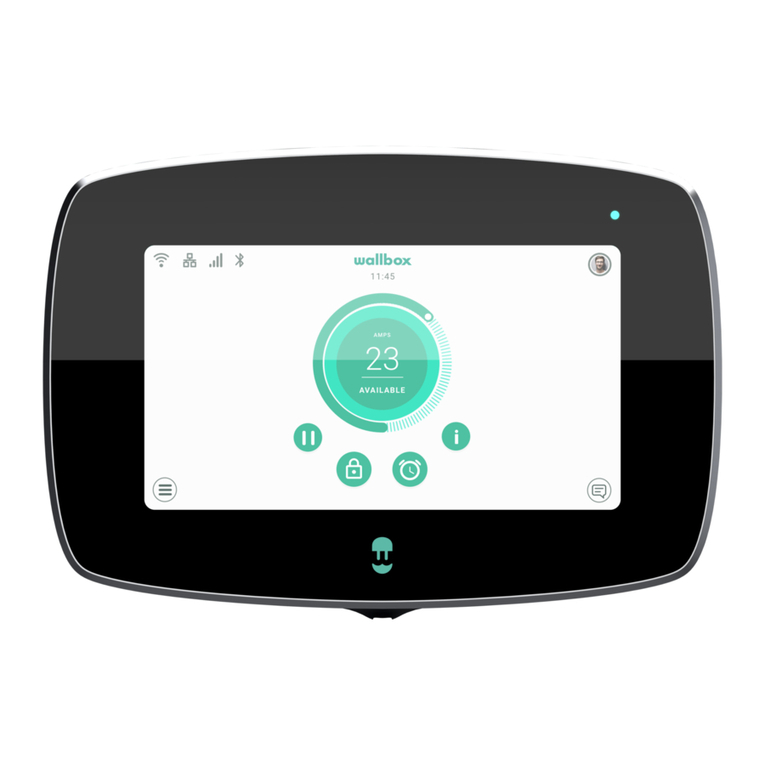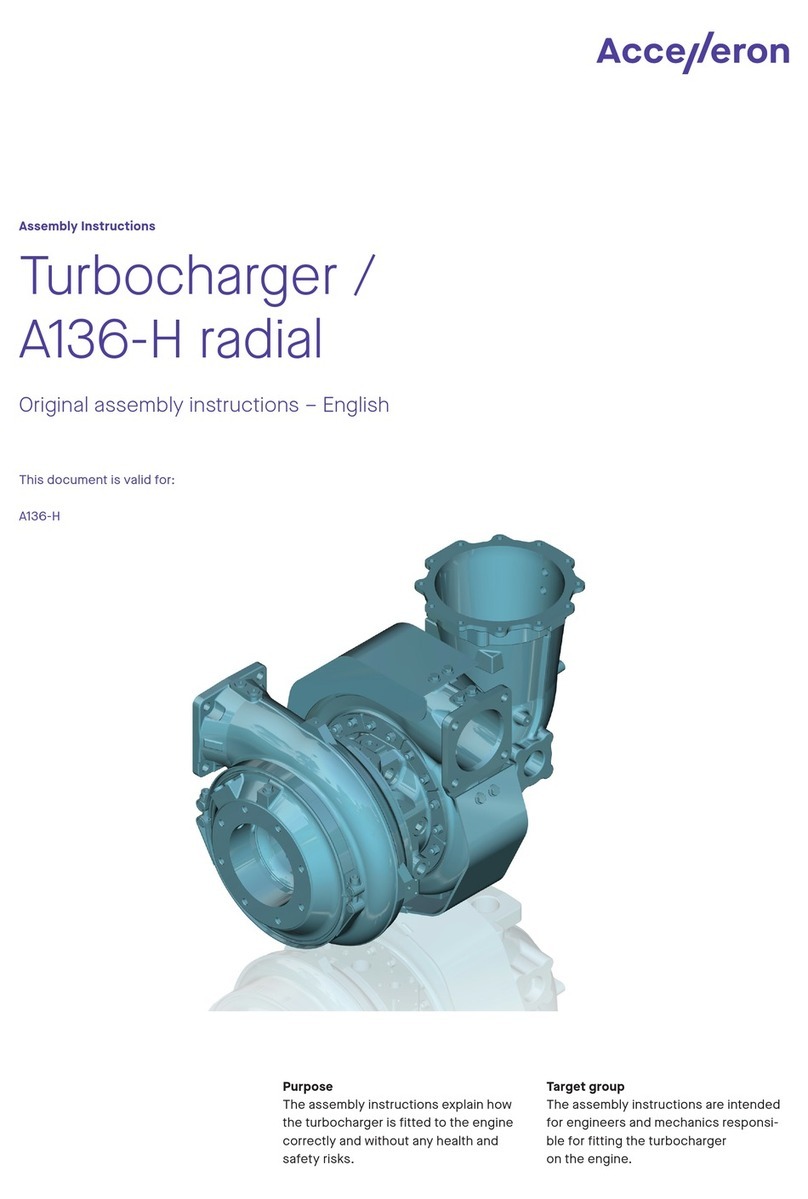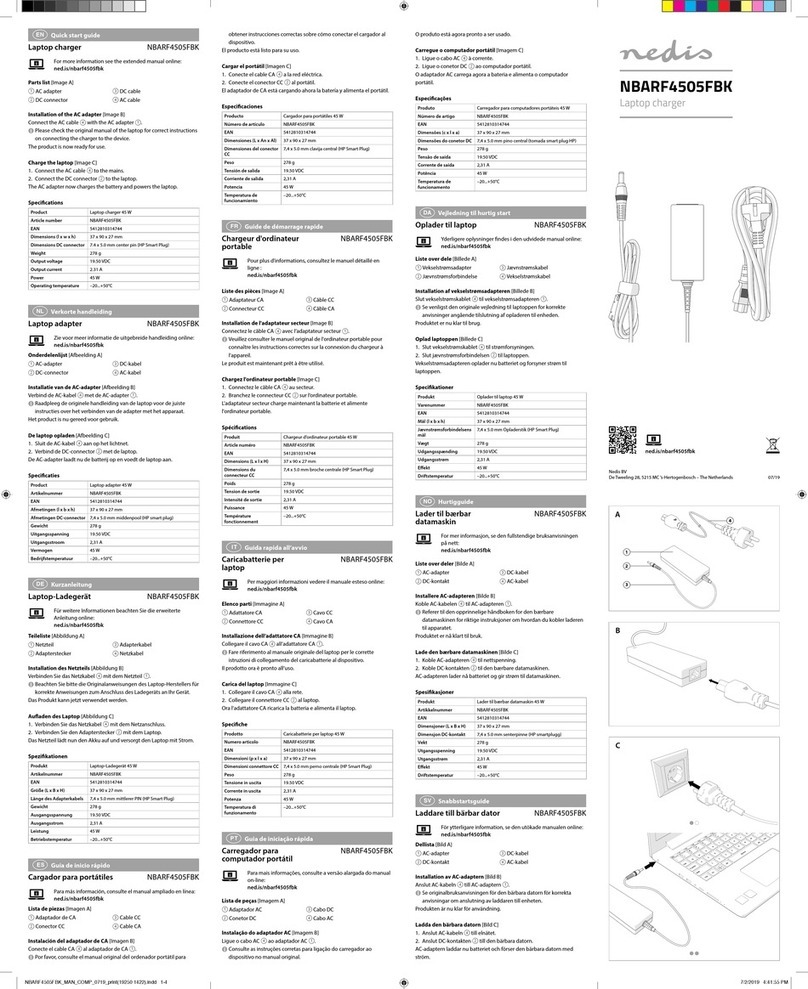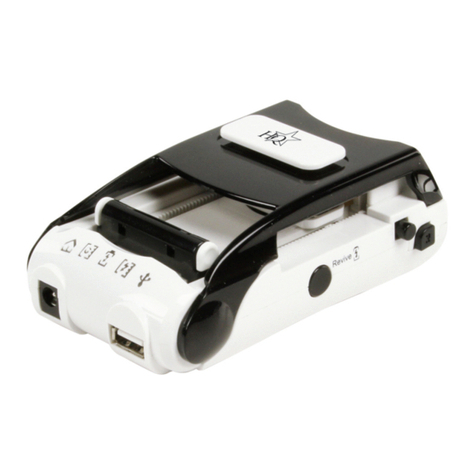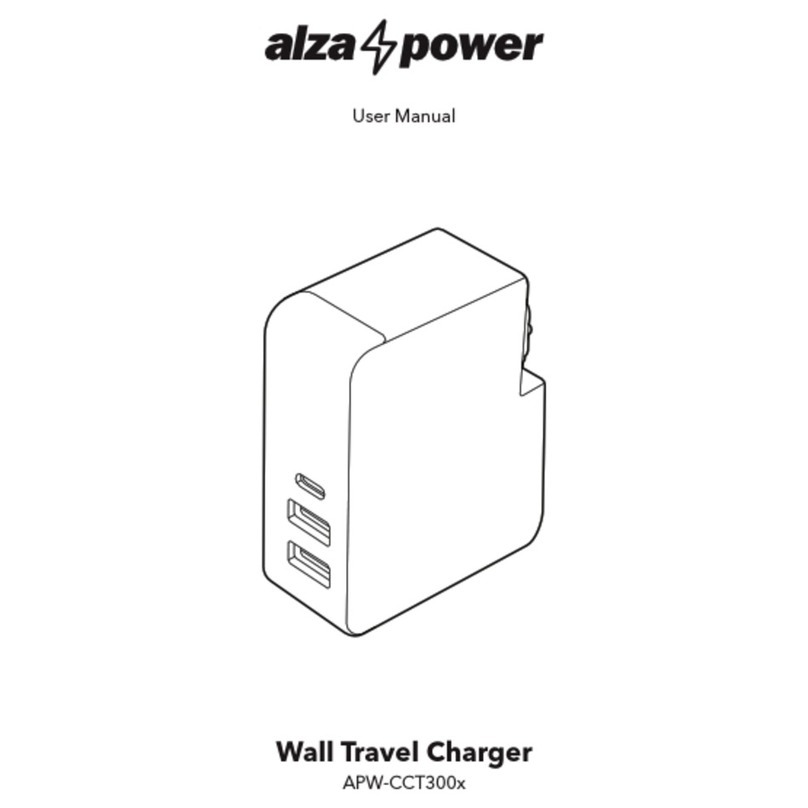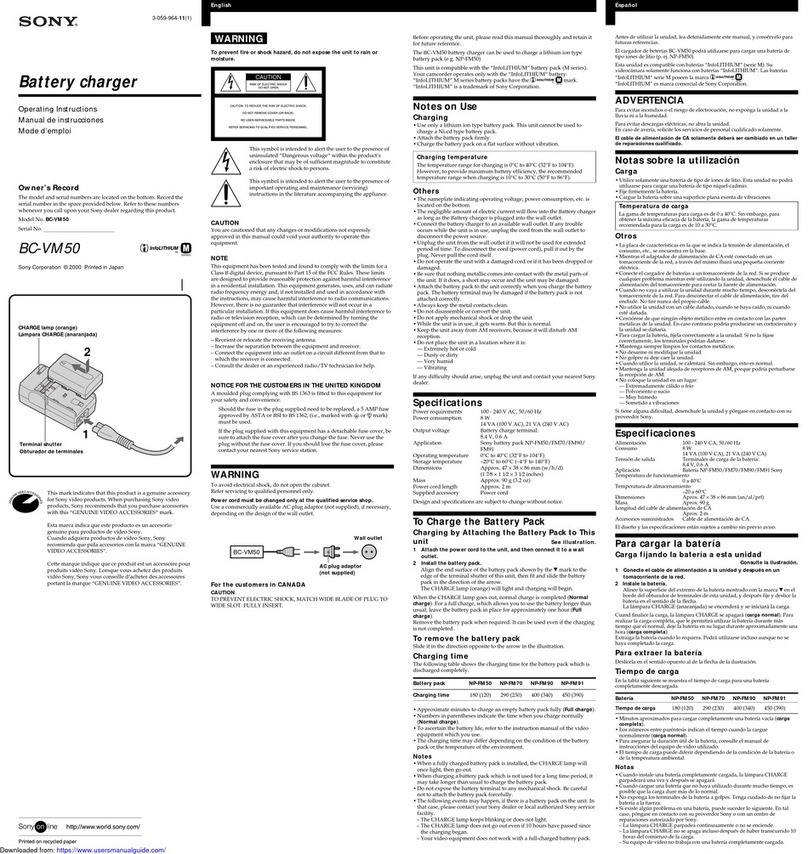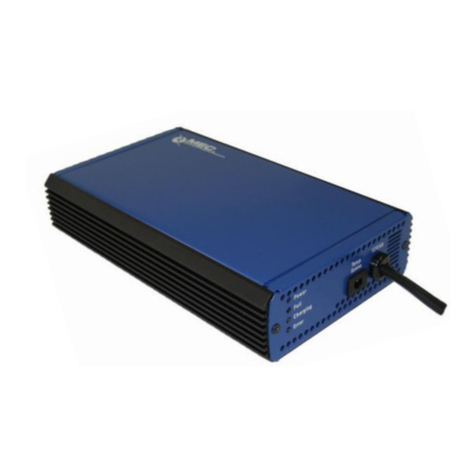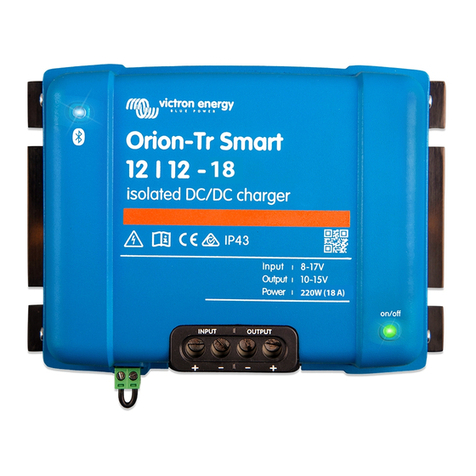Gude START 170 Wiring diagram

START 170
© Güde GmbH & Co. KG - Birkichstrasse 6 - 74549 Wolpertshausen
# 85064
English GB
Translation of original operating instructions
Battery charger

1
2
3
41
A
B
2
3
1 2
4 5
3
6
4

GB Please read carefully the following Operating Instructions before putting the appliance into operation
A.V. 2 Any reprints, even partial, are subject to approval. Technical changes reserved.
Illustrative pictures! Translation of original operating instructions.
GB
Do you have any technical questions?Any claim? Do you need any spare parts or operating instructions?
We will quickly help you and without needless bureaucracy at our home page www.guede.com in the Service part. Please help us be able to
help you. In order to be able to identify your appliance in case of claim, we need the serial No., Order No. and year of production. All this data
can be found on the type label. Please enter the data below for future reference.
Serial No.: Order No.: Year of production:
Tel.: +49 (0) 79 04 / 700-360 Fax: +49 (0) 79 04 / 700-51999 E-Mail: [email protected]de.com
Marking:
Product safety:
Product corresponds to appropriate
standards of the EU
Prohibitions:
General prohibition mark Using the appliance when wet
prohibited!
Warning:
Warning/caution Beware of hazardous voltage
Commands:
Read operating manual before use Use protection gloves
Environment Protection:
Dispose waste professionally so as
not to harm the environment.
Packing cardboard material may
be delivered to collecting centres
for recycling.
Any damaged or disposed electric
or electronic devices must be
delivered to appropriate collection
centres.
Package:
Protect against humidity This side up
Technical data:
Connector Weight
Appliance
Professional charger start to load and quick loading, and for
starting of vehicles.
Appliance description (pic. 1)
1. Ammeter
2. Plug-in fuse (40 A)
3. Level selector (min./max.)
4. Mode selector (charging/start)
Guarantee
A warranty period of 12 months applies to commercial use
and 24 months apply to private use and commences on the
day of purchase of the device.
Warranty applies exclusively to failures due to defective
material or workmanship. An original sale slip with indication
of date of sale must be presented in case of claiming for the
warranty rights.
Warranty does not cover unprofessional use such as device
overload, violent use, damage caused by third party or foreign
materials, failure to comply with operations and assembly
manual, and normal wear and tear.
General Safety Regulations
Before you start working with the appliance please read
carefully the following safety regulations and Operating
Instructions. If any other person is to handle the appliance
provide him/her with the Operating Instructions. Keep the
Operating Instructions for future reference!
Package: The appliance has been put in a package to
prevent any damage during transport. Packages are raw
materials so they can be reused or recycled.
Please read carefully the Operating Instructions and follow
them. Use these Operating Instructions to get acquainted
with the appliance, its corresponding use and safety
instructions. Keep the Instructions for future reference.
•Keep your workplace clean and tidy. Messy workplace
and disorder on the table increase the risk of accident
and injury.
•Mind the conditions of the environment you work in. Do
not use electric tools in moist and wet surroundings.
Provide for sufficient lighting. Do not expose the electric
tools to the rain or high atmospheric moisture. Do not
switch on in an area containing inflammable liquids or
gases.
•Do not admit any strangers to the machine. Visitors and
bystanders, children and the sick in particular keep at a
sufficient distance from your workplace.
•Provide for safe storage of the tools. The tools that are
not in current need should be stored at a dry
unapproachable or an elevated place.
•Watch out for the cable. Do not pull the cable. To
unplug, always grasp at the plug. Keep the cable at a
safe distance from sources of heat, oil and sharp edges.
•Provide against unintentional switching. Always make
sure that the tool switch is in OFF position before
plugging in.
•When working outdoors, use special extension cables.
To work outdoors, special extension cables are needed,
mark in the appropriate way.

•Always remain concentrated. Mind what you are doing.
Use common sense. Do not use electrical tools when
feeling tired. .
•Watch out for damaged parts. Check out the unit before
use. Are some parts damaged? If the damage is slight,
reconsider whether the unit is able of perfect and safe
operation.
•Prevent any electrical shock. Avoid any contact of your
body with grounded articles, e.g. water piping, heating
radiators, stoves and fridges.
•Use approved parts only. For maintenance and repairs,
use genuine spare parts only. The spare parts may be
obtained from an authorised servicing centre.
•Warning! Use of accessories and additional parts other
than those recommended in the operating manual may
present a threat for persons and things.
•Persons unable to operate the appliance due to their
physical, sensory or mental abilities or their
inexperience or lack of knowledge must not operate
it.
•If the appliance show any sign of visible damage the
appliance must not be put into operation.Repairs of
the appliance can only be executed by an
electrician. There might be significant risks as a
result of unauthorised repairs.
•The same regulations apply for accessories.
Güde GmbH & Co. KG does not answer for damages
caused by:
•Appliance damage by mechanical influences and
overloading.
•Any changes to the appliance.
•Use for any other purpose than that described in
the Operating Instructions.
•Unconditionally follow all safety instructions to
prevent accidents and damage.
Initial Operation Safety Instructions
•Before starting set-up or maintenance of the unit,
disconnect it from the source.
Connect the charger until the power supply, if all
the settings and the terminals are properly connected.
•Having removed the packing, make sure that the
condition of the unit and any of its component is perfect.
•Unwind the power cable completely and put it so the
pole terminals cannot get in touch with each other.
•If necessary, use an extension cable to extend the
power cable; it must be of the same cross section as the
power cable. Never use cable of smaller cross section.
•Keep the clamps, terminals and upper surface of the
battery clean, if necessary, use the wire brush to clean
the battery terminals. In this way, a good electrical
contact will be provided and better charging efficiency
secured.
•Never mix connections poling! ( (-) black; (+) red )
•The charging voltage should be same as that shown on
the battery i; the value is equal to the number of cells of
a storage battery multiplied by two (3 cells = 6 V; 6 cells
= 12 V; 12 cells = 24 V).
•Before charging, put the unit on a stable base and make
sure that noting will prevent air flow through the
respective holes. A good cooling system must be
guaranteed.
•Do not charge more batteries at a time.
•The battery closure should be removed after cleaning
the terminals not to have dust and dirt falling in the tubs.
•Provide for the electrolyte covering the plates up to the
height of 4-5 mm at least, If necessary, add distilled
water that may be obtained at shops for this purpose.
•In the course of charging, explosive gases develop
abstain from smoking and naked fire or sparks.
•The batteries should be charged in well ventilated
spaces. The charger is prohibited for use inside a
vehicle or closed car bonnet.
•Never charge standard and maintenance-free batteries
jointly.
•Never recharge disposable batteries.
•Leave sufficient ventilation space behind the unit.
•Follow the manufacturer’s instructions.
•Check ion the right level of the acid Kin battery. .
•Always check whether condition of the power cable and
clamping cable is perfect. If the power cable is
damaged, have it replaced at a specialist’s.
•The unit should not be exposed to weather effects –
snow and rain.
•Do not use the unit bare footed. Do not touch the unit
with wet or damp hands or feet .
•Never unplug by pulling the cable.
•Prevent unauthorised persons or children from using the
unit.
•Do not leave the switched-on unit unattended, it
could become a source of risk.
•If you do repairs of safety or protection devices, they
should be refit immediately after the job is completed.
•Injuries prevention regulations effective at a place of
particular use and any other generally recognised safety
rules must be known and observed.
•The safety devices should be checked on before the use
of unit. Make sure that even the parts, which are slightly
damaged seemingly, may work properly. .
•Unless otherwise stated in this manual, repairs and
replacement of damaged components and safety
devices should be done at an authorised servicing
centre.
•Have any damaged switches replaced at an authorised
servicing centre.
•This unit complies with any respective safety provisions.
The repairs are allowed to be done by skilled electricians
at authorised servicing centres only. Only genuine spare
parts may be used. A risk of injury is imminent if the
regulation is not observed.
•NOTICE! Avoid any contact with the liquid
inside the battery. It is caustic.If in contact with the
liquid, wash out with plenty of water and consult a
doctor.The acid may impair garments
Notice: Do not use unless the mains connection is
provided with a back up circuit breaker (FI circuit
breaker).
Commissioning
1. Check on the line voltage (230 V three-phase or 400
V three phase).
2. Connect the red clamp to the positive pole (+) of the
battery.
3. Connect the black clamp to the negative pole (-) of the
battery
Emergency Action
Apply the first aid adequate to the injury and get qualified
medical assistance as quickly as possible. Protect the injured
person from more accidents and calm him/her down.
Assigned Use
These devices can be used to charge lead batteries typically
used in motor vehicles (petrol and diesel fuel). The type of
electrolyte may be selected freely
•The design of them includes double insulation and
therefore, no earthing wire is required. They are marked
with a visible symbol on the body.

•While the battery is being charged (cf. Section “Charging
Time”), the operation is carried out with slowly falling
charging current
•Unfit for gel batteries!
•It is recommended to check continuously that the battery
charger power id adapted to the capacity of battery to be
charged. A charge too slow may demand too much time
for charging a battery. On the other hand, a powerful unit
may damage the battery.
Overload protection (pic. 2 and 3)
They have overload protection (a safety provision to protect
the battery charger from the effects of wrong connections or
overloading).
The overload protection device is a device to protect the
battery charger against failures and mishandling. It secures
safety of the entire circuit. If the device is enabled, it is
necessary to check to see whether all the instructions have
been observed
Important Notice! Replacement fuses, the resistance
values of which are different from the plate values, may
cause material and personal damage
The fuses replacement should not be done unless the
mains cable is unplugged. We shall not be held liable, not
even for the repair if the procedure is contrary to the
requirement
Fig 1 Fig 2
A. Fuse A. Fuse
B. Fuse
Residual Electrical Hazards
1. Direct electrical contact
Defective cable one plug may cause an electrical
shock injury.
Have the defective cables and plugs replaced at a
specialist’s. Use the unit on a connection equipped
with a current protection (FI).
2. Indirect electrical contact
A risk of injury by conductive parts with open or
defective parts of the unit
Disconnect the unit from the source of power to
maintain it. Operate with a current protection only.
3. Insufficient Lighting of Workplace
Insufficient lighting always present a high safety
risk.
Always provide for sufficient lighting when working
with the unit.
Disposal
The disposal instructions are based on icons on the appliance
or its package.
Handling requirements
The operating staff must carefully read the Operating
Instructions before using the appliance.
Qualification
Apart from the detailed instruction by a professional no
special qualification is necessary for using the appliance.
Minimum age
Only persons over 16 years of age can work with the
appliance. An exception includes youngsters if they work
within their professional education the purpose of which is to
obtain knowledge supervised by a trainer.
Training
Using the appliance only requires corresponding training by a
professional or following of the Operating Instructions. No
special training is necessary.
Technical data
Connector: 230 Volt/50 Hz
Charging voltage: 12 Volt
Network performance: 200-1000 Watt
Charging current: 18 Amp.
Charging arithmetic current: 12 Amp.
Rated capacity: 150 Ah
Min. battery capacity: 20 Ah
Starting current 0 V: 100 Amp.
Starting current 1,5 V: 60 Amp
Weight: 5,0 kg
Transportation and Storage
•If putting the unit away for a prolonged storage, it should
be cleaned thoroughly.
•Securing the device in a clean, dry place
•Protect the unit from weather effects with a tarpaulin,
carton etc.
Operation (pic. 4)
pic. 4:
1: Beginning of charging
2: In the course of charging
3: End of Chargign
4: Empty
5: Half-charged
6: Fully charged
Unplug before any adjustment and set up.
Charging
•Connect the charger to the battery to be recharged
•Always connect the black cable first, to the negative
pole. Connect the red pole cable to the positive pole.
• The battery should be completely disconnected
from the vehicle before getting down to charging.
•Always set the charger at the lowest charging degree
(min/1)
•Now, plug in and control the charging degrees upwards
until charging current equal to ca 10% of the battery
capacity is displayed.
•Charging degrees may be increased by falling charging
current.
•Do not disconnect the battery from terminals later than
3-5 hours after charging is finished.
• The charging current indicator will not come
back to zero after charging is finished.
NOTICE: The charging current should be ca 10 % of the
battery capacity!
(example: 88 AH battery charging current ca 9 A)
Charging Time
•Charging time is always dependent on the battery
condition (almost loaded, half loaded or fully unloaded)
•To load "as a refresher" of a battery meet 2-4 hours. To
fully load requires 8-10 hours.
• A maximum of 10 hours charging time should
not be exceeded.

Start-up Assistance
•CAUTION! At the start up process can over voltages
arise, the on-board electronics could damage their
vehicle. Please discuss with your automotive specialist
•battery and connect the vehicle to be clamped!
•On principle, two persons should always start up a
vehicle with chargers.
•The first person shall push the Start button on the
charger The other one shall immediately start the
ignition.
•As the vehicle starts up, stop starting immediately, max.
9-10 sec.
•If the attempt to start fails, wait about 5 minutes for the
charger to get cooled and only then begin another
attempt to start.
Tip: If you change the battery for 10-15 minutes to
subpoena requires much less battery power startup.
Warning: The fuses may burn through and the
vehicle damaged if the starting time is more than 10 s.
Note: The terminals may not touch.
Notice: The charger is equipped with overload
protection.
IMPORTANT NOTICE!: Replacement fuses, the resistance
values of which are dirrerent from the plate values, may
cause material and personal damage.
Operator Safety Instructions
•Any safety and protection devices must be fitted in place
before switching the unit on.
•It is forbidden to attempt starting vehicles, the batteries of
which are discharged or damaged as that would result in
damaging the unit.
•Before pressing the main switch, make sure that the unit
is connected correctly.
•Warning! If in doubt, consult a specialist in an authorized
servicing centre.
•Do not use the unit until you have read the manual
carefully.
•Observe all the safety regulation in this manual.
•Be responsible to the others.
Step-by-step Instruction
Charging
1. Connect the charger .
2. Set the charging function up (min/1).
3. Switch the charger on .
4. Plug in .
5. Battery is being charged. (max. 10 hrs)
Starting
1. Connect the charger .
2. Set the starting up.
3. Connect to the mains ě.
4. Switch the charger on and start the vehicle immediately.
5. Jas soon as the vehicle is up, stop starting and switch off
and disconnect the charger.
Troubles-Causes-Troubleshooting
Notice: Always check the overload protection first!
Overload circuit-breaker:
1. Connect the red clamp to the positive pole and the black
one to the negative pole.
2. Remove the contact and check the fuses.
3. Set the charger at the lowest charging degree. .
4. If the battery power input is too high, it is recommended
to have the battery charging done by a skilled electrician
and to keep the level of charge high by frequent
charging or to get a more powerful charger.
Have the battery checked by a specialist. Replace the
battery.
Too heavy charging current at the beginning of charging
1. Watch out the charging current if it is high even after 15 -
20 minutes, it may mean that the charge would not hold
Have the battery checked at a specialist’s. Replace the
battery.
Too weak charging current .
1. Try to adjust the charging current control higher.
Ammeter pointer touches the lowest position of the scale
1. Have the battery checked at a specialist. Replace the
batteries
2. Ensure that the mains voltage is equal to the desired
value
Ammeter does not indicate.
1. Clean the terminals and put the clamp on again.
2. Have it checked at a specialists . Replace the battery.
Check on the charger working ability on a perfect
charged battery.
Overload Causes
1. Mixing up the poles when connecting the clamp to the
battery
2. The battery is heavily or completely discharged.
3. Battery is completely discharged and its capacity is
higher than the charger power
4. Battery is damaged or defective (internal elements short
circuit).
Inspections and Maintenance
•Unplug before any work on the unit.
•Use a wet cloth to clean the plastic parts. Do not use
detergents, solvents and sharp articles.
•Use a soft brush or a paint brush to remove the settled
dust from the vent and moving parts.
•Oil all the moving metal parts regularly
Inspections and Maintenance Safety Instructions
After every use
Clean the vents and moving parts from dust
Regularly
Oil the moving metal parts (multi-purpose oil)
Regularly
Check all the screws to see if they are tight.
Other manuals for START 170
1
Other Gude Batteries Charger manuals

Gude
Gude START 170 User manual

Gude
Gude GAB 8A User manual
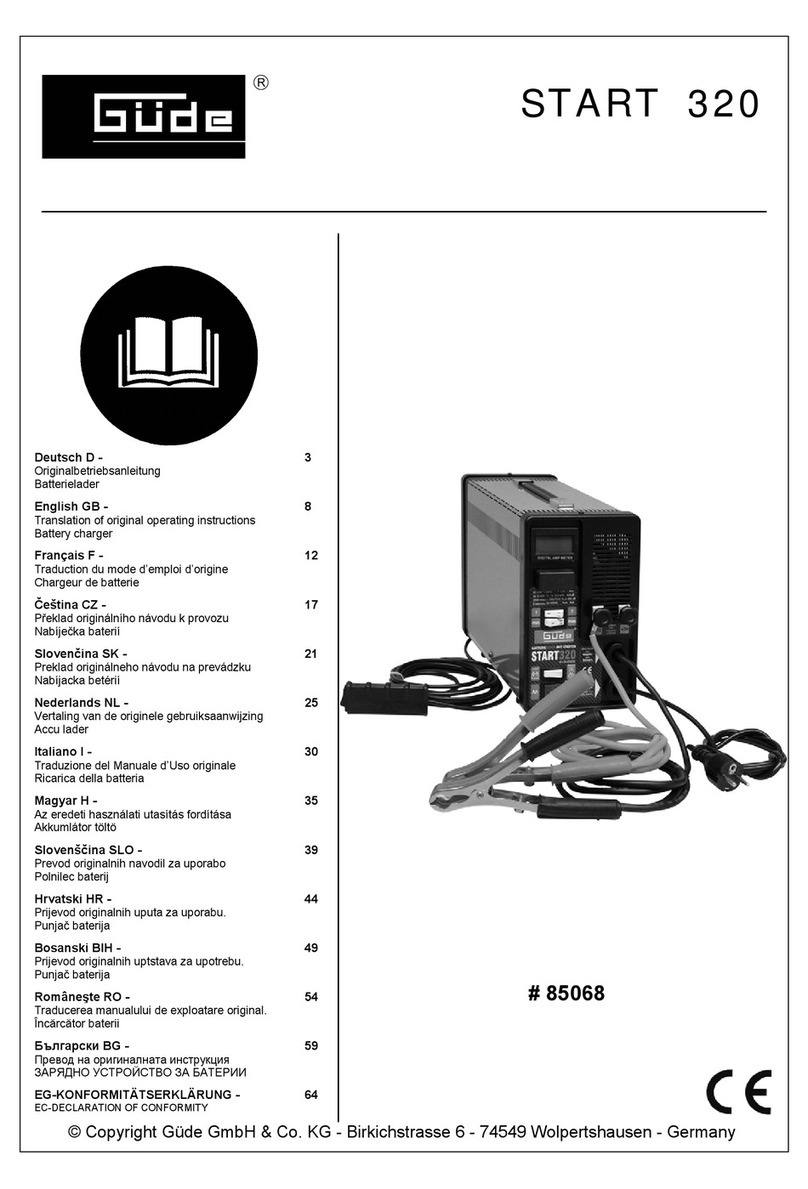
Gude
Gude START 320 Wiring diagram
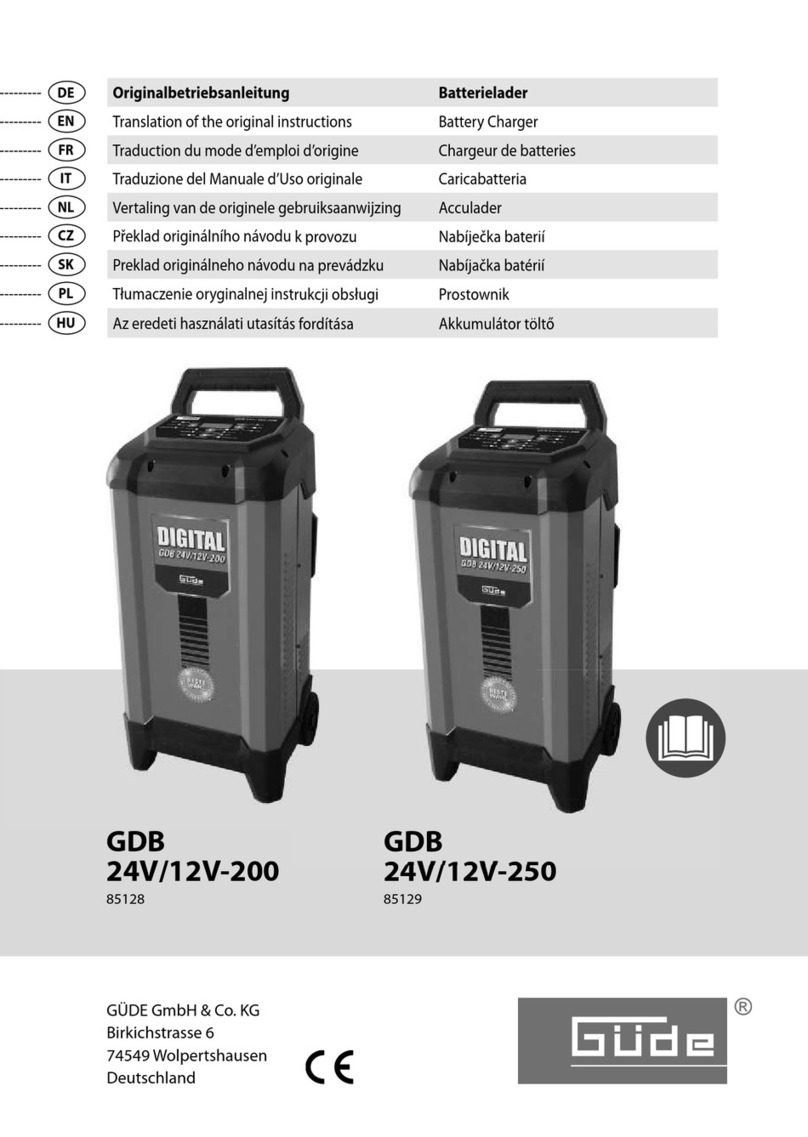
Gude
Gude GDB 24V/12V-200 User manual

Gude
Gude GAB 5A Wiring diagram
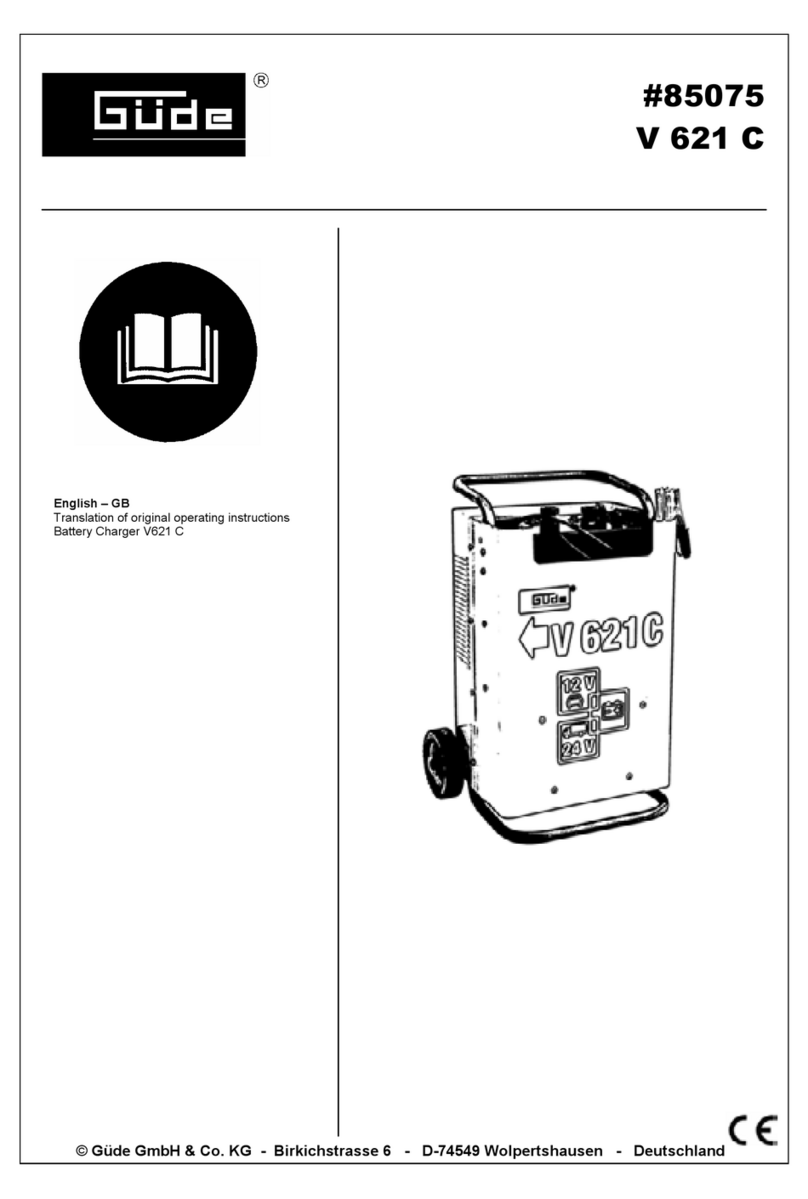
Gude
Gude V 621 C Wiring diagram
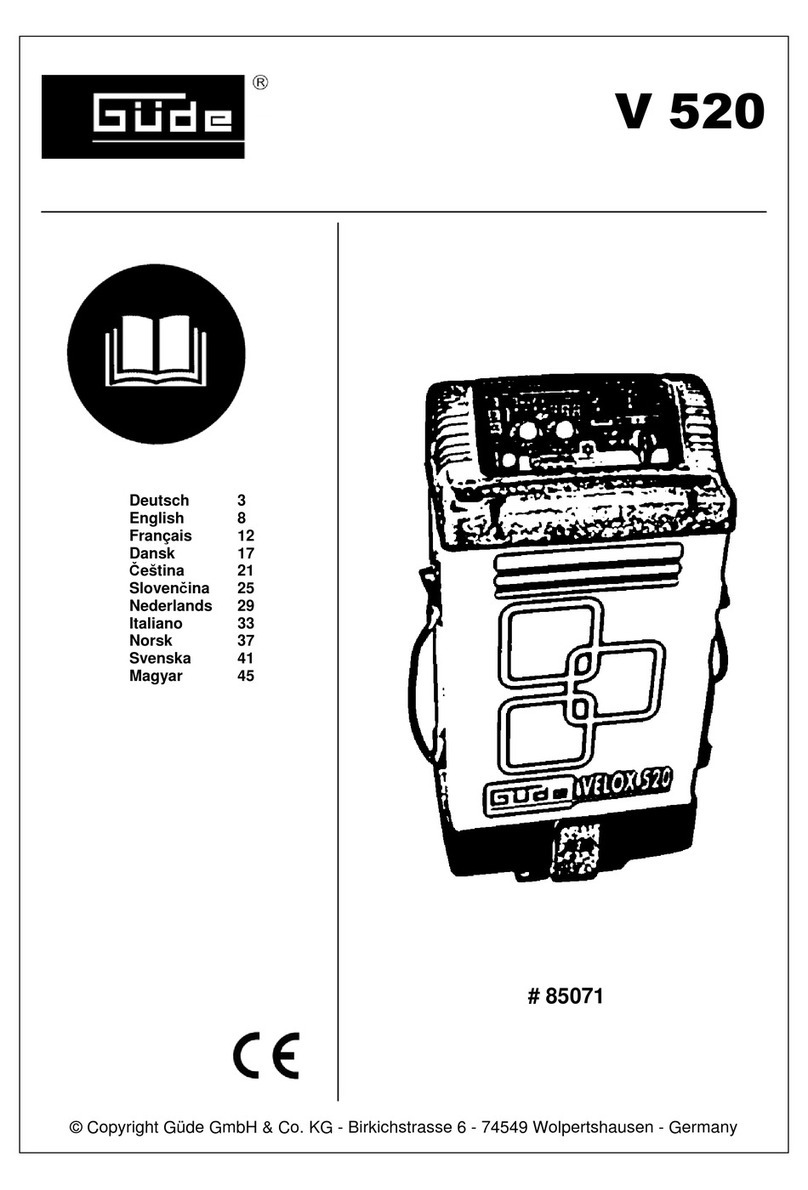
Gude
Gude Velox 520 User manual
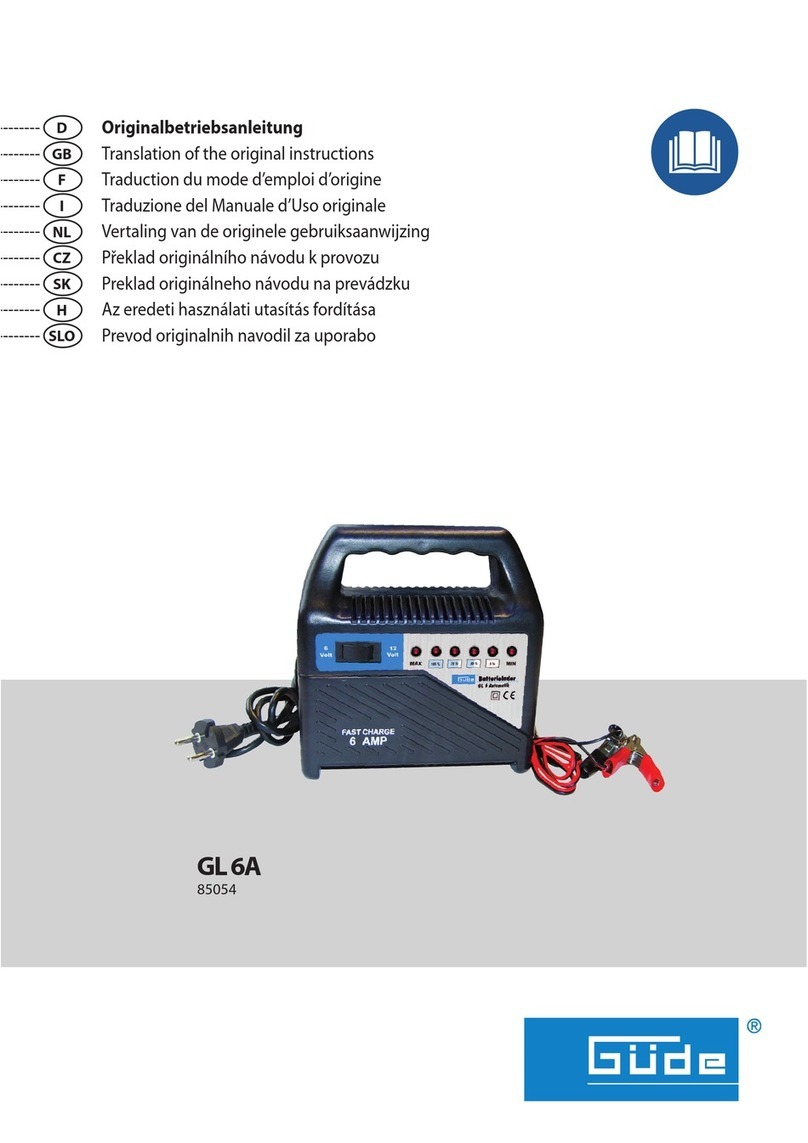
Gude
Gude GL 6A User manual
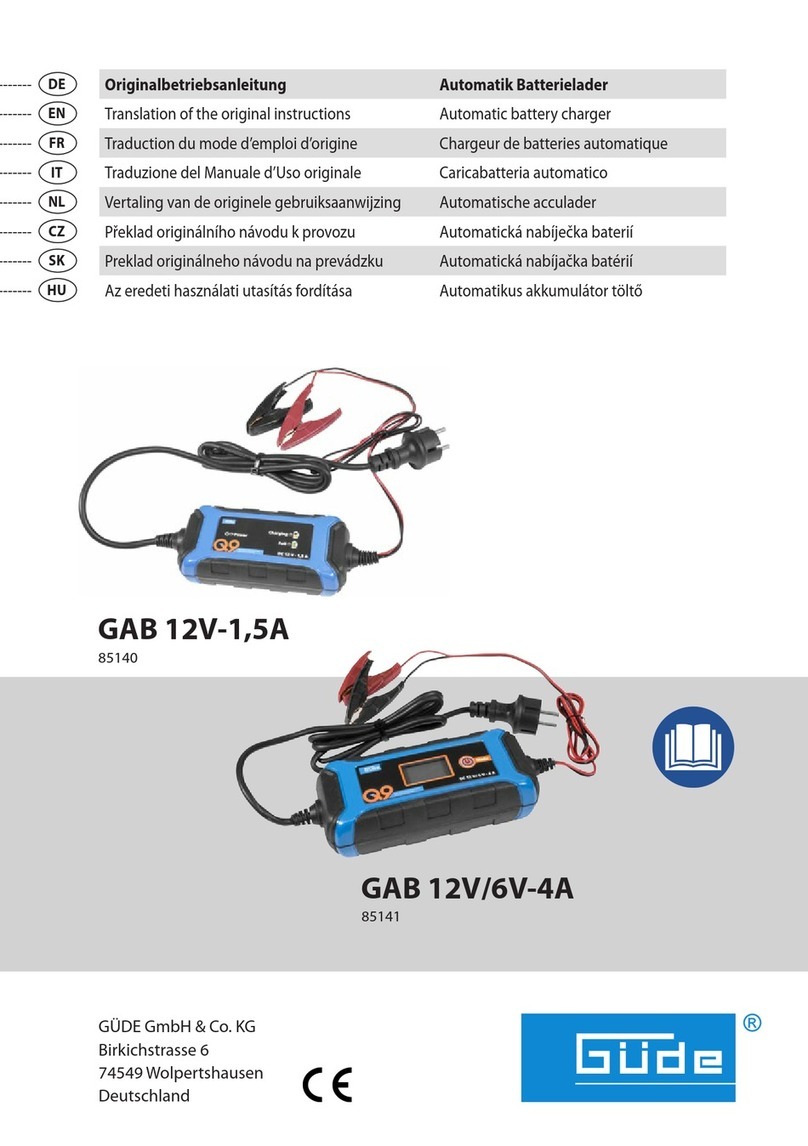
Gude
Gude GAB 12V-1,5A User manual
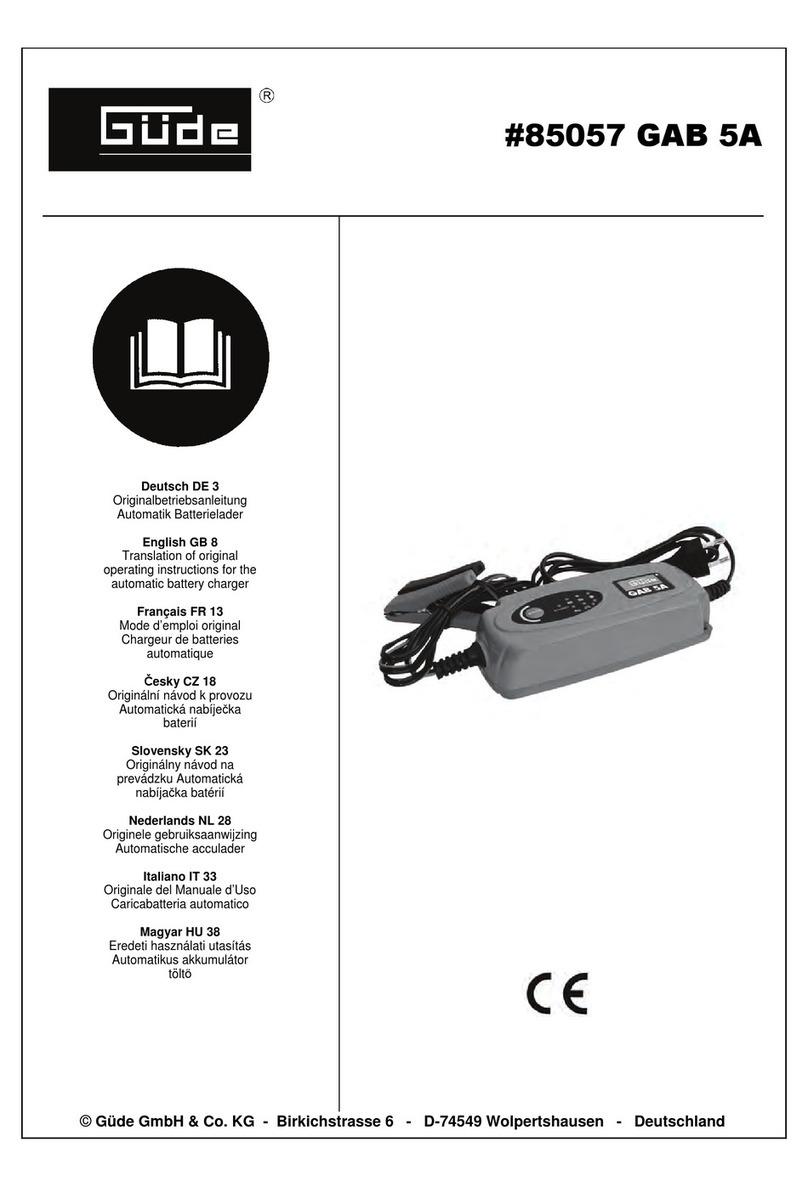
Gude
Gude 85057 GAB 5A User manual
